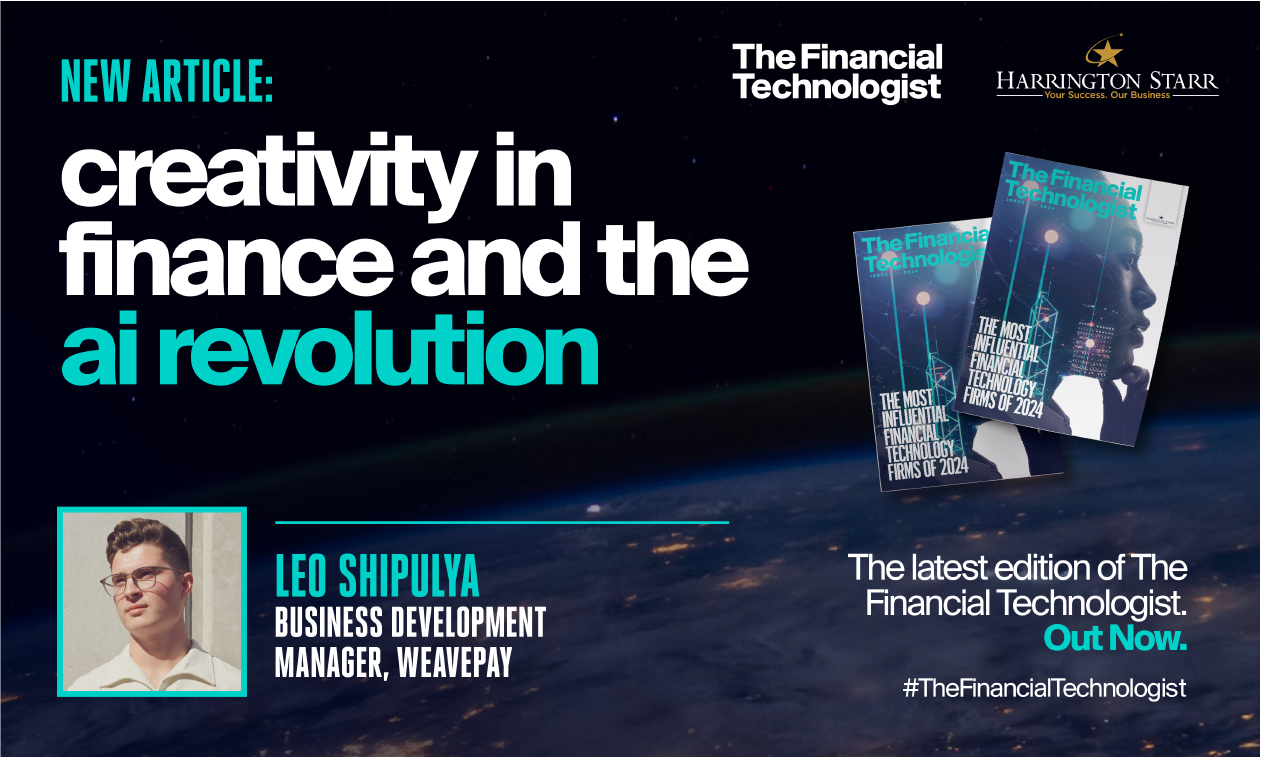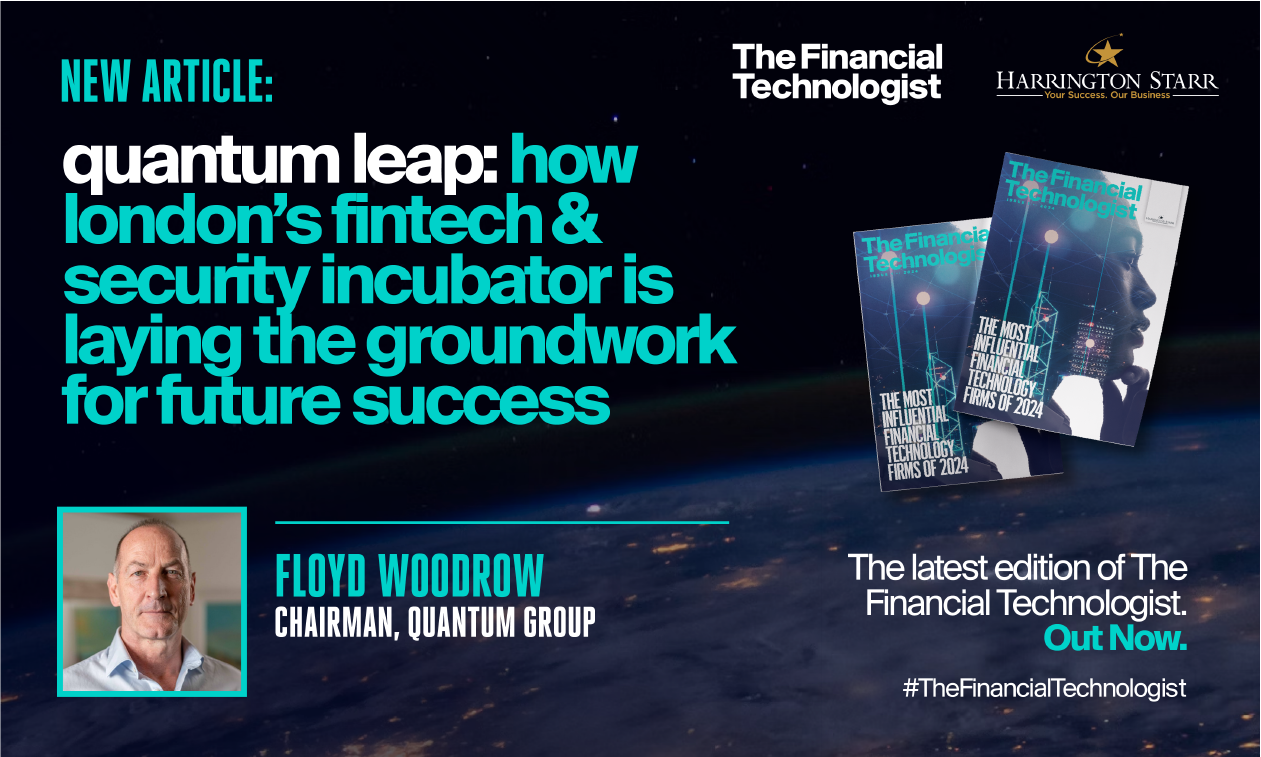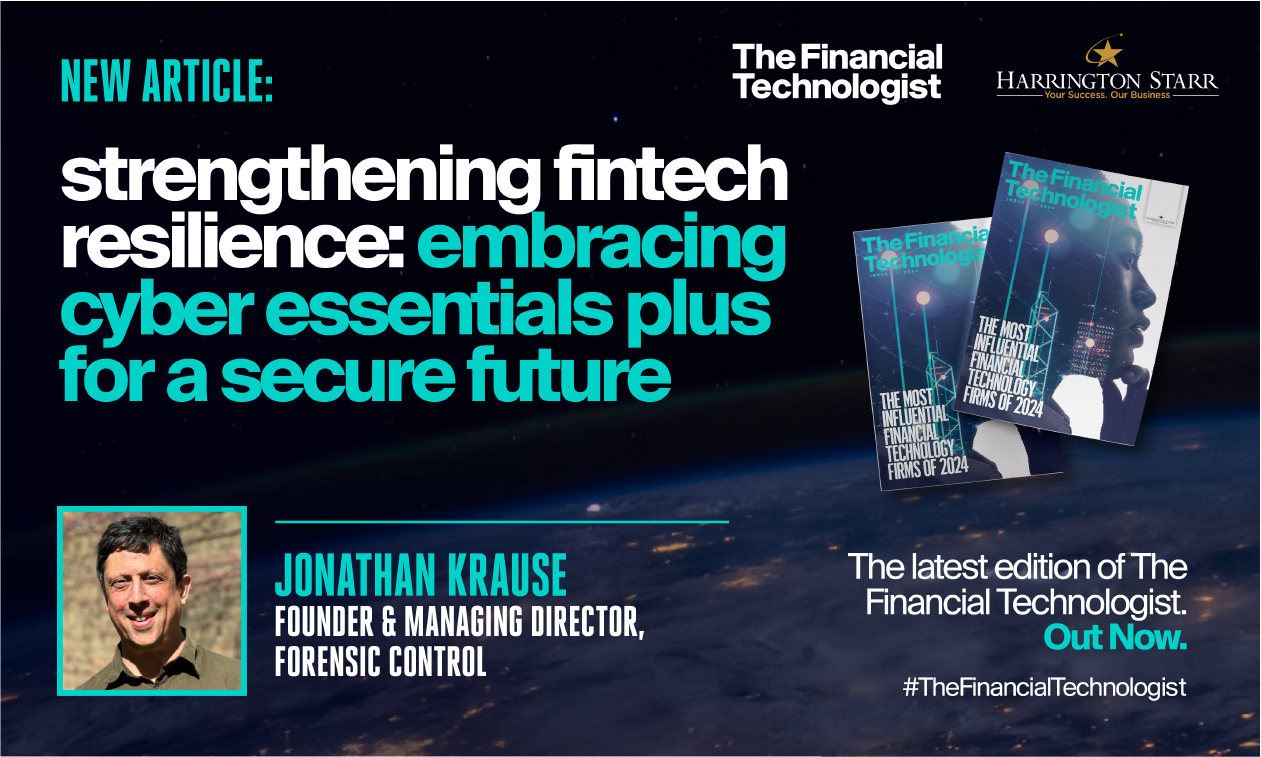Download your free copy of the latest Financial Technologist magazine here.
In the finance sector, where data and analysis often take centre stage, the importance of creativity extends far beyond marketing and branding. It's a key driver for innovation, strategic problem-solving, and forward- thinking. With 2024 in full swing and artificial intelligence (AI) reshaping much of our industry, nurturing creativity across all banking operations becomes crucial for maintaining a competitive edge.
Creativity, inherent in everyone, can be constrained by the traditional banking environment's focus on analytics. This narrative might lead individuals to feel confined to roles that lack innovation. However, a deeper insight into the industry reveals the broad relevance of creativity in enhancing operations, from forming innovative partnerships to personalising client services and streamlining onboarding processes.
Innovative partnerships, for example, rely on creative thinking to identify and leverage synergies between different parties, creating mutually beneficial solutions that extend beyond traditional offerings. This approach can lead to novel financial products and services that address untapped market needs or provide more efficient ways to manage financial objectives.
Personalising client services showcases how creativity plays a crucial role alongside data analytics. While analytics offers insights into client behaviour and preferences, creative thinking and analysis are essential to piece together this information, enabling financial institutions to tailor their services, products, and communications to meet the unique needs of each client. This moves the industry away from a one-size-fits-all approach towards a more customised and client-centric model.
Creative approaches also greatly enhance the onboarding process, making it more efficient and user-friendly. A vital aspect of this is simplifying and personalising the experience to reduce friction and improve client satisfaction. For example, introducing interactive and intuitive digital interfaces can guide clients through the onboarding steps in a more engaging and less cumbersome manner. By integrating user-friendly design principles and real-time assistance, financial institutions can create a seamless onboarding experience that caters to the diverse needs of their clients.
While necessary for security and compliance, the finance industry's inherent caution can sometimes act as a barrier to innovative thinking. However, creative approaches can actually bolster security measures. Consider the transformative impact of AI and machine learning (ML) in onboarding verification platforms. These cutting-edge technologies have the capability to verify an individual's data with unparalleled precision, significantly streamlining client registration. This advancement not only makes life easier for clients by minimising wait times and bureaucratic hurdles, but it also simplifies operations for the banks themselves. Tasks that once required extensive manual labour are now more efficient, allowing staff to focus on more strategic initiatives.
Moreover, this automation enhances the overall security and reliability of the financial sector. By reducing the risk of human error, these technologies ensure a higher standard of accuracy in verification processes, leading to a more secure banking environment. This is a clear demonstration of how inventive approaches in finance can enhance security measures, proving to be superior to traditional, human-reliant methods. Through such innovations, creativity and caution not only coexist but thrive together, bringing about advancements that benefit clients, banks, and the integrity of the financial sector as a whole.
The integration of AI in finance underscores the indispensable role of human creativity. AI transforms data management and analysis, yet it's the imaginative use of this technology that drives innovative solutions. Harmonising creativity with the financial sector's intrinsic caution ensures that new ideas not only improve security and efficiency but also maintain client convenience.
As the world evolves and the financial landscape evolves with it, the demand for creative solutions alongside analytical prowess becomes increasingly apparent. The industry must embrace this dual need, fostering an environment where innovative, imaginative thinking is valued just as highly as numerical analysis. By doing so, finance can transcend traditional boundaries, offering more personalised, efficient, and forward-looking solutions. This embrace of creativity not only redefines the essence of finance but also ensures the industry is well-equipped to meet the diverse and complex demands of the modern world.
Download your free copy of the latest Financial Technologist magazine here.







